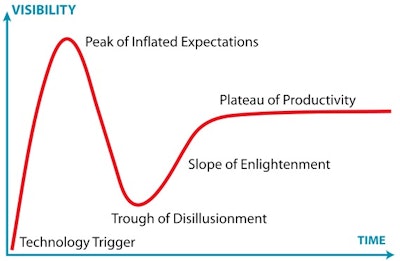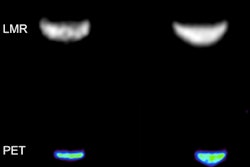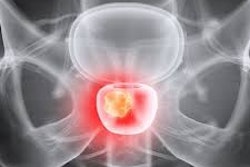PET/MRI has entered the "Slope of Enlightenment" phase of the Gartner Hype Cycle, according to an editorial published in the November issue of Magnetic Resonance Imaging Clinics of North America.
Minerva Becker, MD, and Valentina Garibotto, MD, of University Hospitals of Geneva in Switzerland, introduced a special issue of the journal focusing on advances in PET/MR imaging over the past 10 years. They noted that researchers are now adequately discussing the pros and cons of the approach in critical ways and with evidence-based methodologies.
"The initial hype is over, and the community of PET/MR imaging users is now on the path of enlightenment," they wrote.
Hybrid PET/MRI scanners were introduced in the clinical field in 2010. The approach combines PET molecular imaging data and MRI functional anatomical data in a single patient scan and raised very high expectations early on across almost all clinical applications, the journal editors wrote.
 The Gartner Hype CycleImage courtesy of Jeremykemp at English Wikipedia through CC BY-SA 3.0.
The Gartner Hype CycleImage courtesy of Jeremykemp at English Wikipedia through CC BY-SA 3.0.
Unsurprisingly, the typical clinical indications for PET/MRI have occurred in the clinical domains in which both PET and MRI were already routinely used as complementary modalities, they noted. Key examples include advanced cancer imaging in different organ systems and metabolic imaging in order to assess the viability of tissue of the brain and heart.
"The main technological progresses focus on quantitative approaches that are of particular interest in an academic environment, given that PET/MR imaging has a place not only in clinical routine but also in research," the authors wrote.
Despite its advantages, the impact of combined PET/MRI on patient care still remains difficult to measure and depends on clinical situations, they added.
Before PET/MRI enters the "Plateau of Productivity" – the final phase of the Hype Cycle – its value must be weighed against the relatively high cost and examination time involved compared with separate acquisitions of each modality. In addition, although the use of multiple biomarkers often facilitates a diagnosis on PET/MRI, this may also be quite challenging, as the different parameters may be contradictory, according to the authors.
"Like many other technical innovations, PET/MR hybrid imaging has followed Gartner’s hype cycle theory that the innovation trigger leads to a peak of inflated expectations, followed by a dip of disillusionment, and finally, a slope of enlightenment leading to a plateau of productivity," they concluded.
The full article is available here.




















